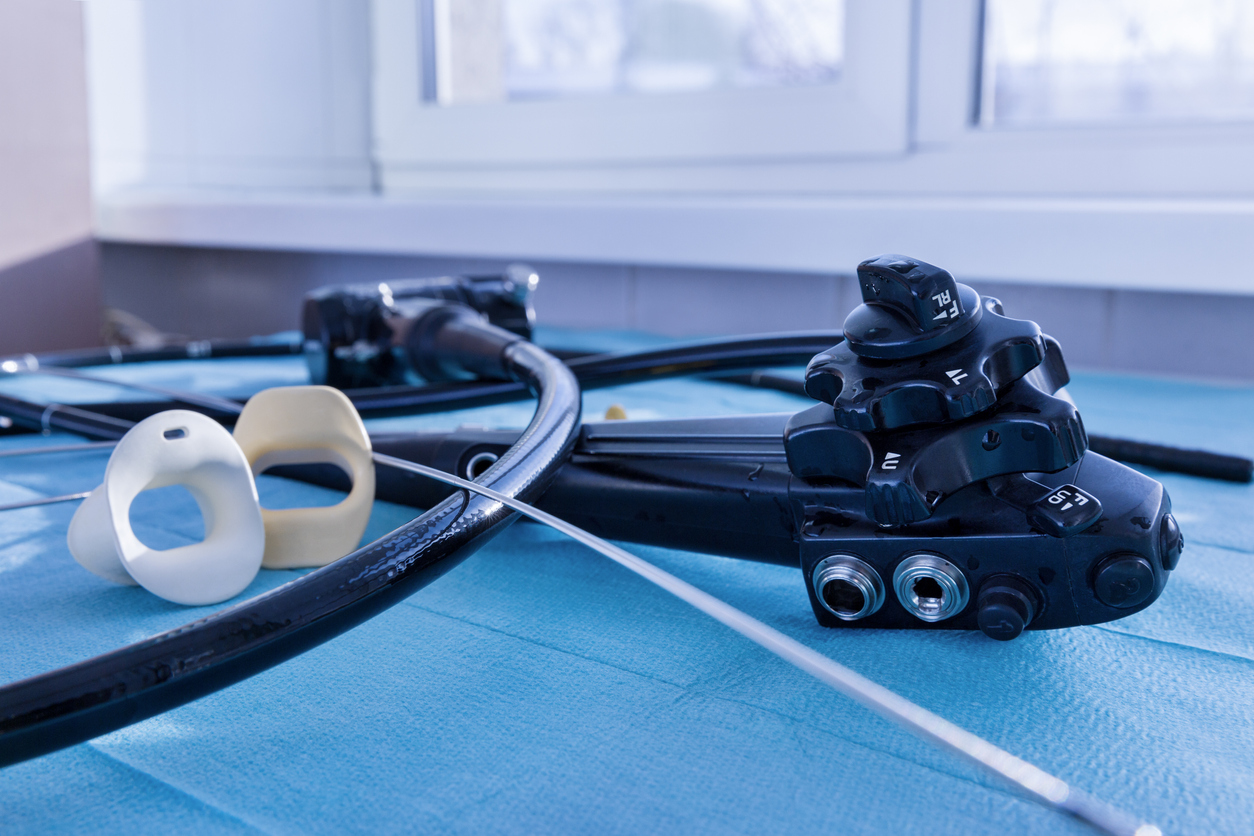
Implementing supplemental reprocessing measures proposed by the U.S. Food and Drug Administration has not led to lower contamination rates of reusable duodenoscopes.
That’s one conclusion drawn in a recent narrative review of current duodenoscope reprocessing techniques and novel developments that advance or eliminate reprocessing. The authors of the review shared their findings in the Antimicrobial Resistance and Infection Control Journal.
“Reported duodenoscope contamination rates show that the current reprocessing methods are inadequate and underline the need for further research into novel reprocessing methods to improve reprocessing results so that duodenoscopy-associated infections and outbreaks can be prevented in the future,” researchers write in the conclusion. “Development of a uniform and practical protocol for duodenoscope sampling that can be applied in general healthcare facilities is urgently needed and will facilitate development of novel reprocessing techniques because comparison between current and novel reprocessing methods can be more readily made.”
In 2015, the FDA issued a statement advising supplementary reprocessing measures for duodenoscopes. These methods included double high-level disinfection (HLD), microbiological culturing and quarantine, ethylene gas sterilization, or liquid chemical sterilant. In addition to finding no evidence of lowering contamination rates for reusable duodenoscopes, the authors write that adding supplemental measures added to overall reprocessing time and cost.
“Therefore, continued use of the supplemental measures to reduce the duodenoscope contamination rate is not sensible,” they write.
The authors list “several promising developments” underway to counter the disappointing results of the supplemental measures meant to reduce duodenoscope contamination. These include:
The strength of single-use duodenoscopes is in removing the need for reprocessing, but the authors also cite their costs and waste generation. The cost-effectiveness of single-use scopes depends on factors such as reducing the infection rate, the number of procedures performed, and performance. Single-use duodenoscopes were first approved by the FDA in 2019.[RT1]
Electrolyzed acidic water has been cleared for use as an HLD by the FDA since 2002. Its efficacy has been shown in literature reviewed for the study — no bacteria was recovered when electrolyzed water treatment had been used for at least five minutes.
Duodenoscopes are used for diagnostic and therapeutic interventions, allowing doctors to visualize the upper gastrointestinal tract and collect tissue samples. Both the inside and outside of the scopes are exposed to bodily fluids, leading to the risk of contamination. Outbreaks are often caused by multidrug-resistant (MDR) bacteria and can occur in spite of strict adherence to reprocessing standards.
Klebsiella pneumoniae and Pseudomonas aeruginosa are the most common organisms involved in duodenoscopy-associated transmission, according to the review. They’re both associated with biofilm formation and the likelihood of multidrug resistance.
“An elevated incidence of non-MDR bacteria is more likely to go unnoticed, leading to underestimation of duodenoscopy-associated pathogen transmission,” the researchers add.
Contamination rates after reprocessing vary anywhere from 0.4 percent to 35.8 percent, according to the literature review. This high variability, according to the authors, can be explained by “the absence of standardized sampling and culture methods and different definitions used for duodenoscope contamination.”
Though different reprocessing guidelines exist, they all feature several comparable steps, including:


